How to Use Effective AI Prompts with Camera Settings to Generate the Best Quality Images
How to Use Effective AI Prompts with Camera Settings to Generate the Best Quality Images
Artificial Intelligence (AI) image generation has revolutionized the world of visual content creation. By leveraging advanced algorithms and descriptive prompts, users can create incredibly detailed and stunningly realistic images. However, crafting high-quality prompts and integrating technical camera settings into the process is essential to achieve the best possible results.
This guide will explain, in detail, how to effectively use AI prompts combined with specific camera settings to generate high-quality images. We will explore the components of a successful prompt, how to incorporate technical camera settings, and examples for a wide range of subjects, all designed to produce images in the highest detail possible.
1. Understanding the Importance of Effective AI Prompts
The prompt is the backbone of any AI-generated image. A well-crafted prompt not only specifies the subject but also includes essential elements such as composition, color palette, lighting, textures, and even emotions. Including camera settings in your prompts takes this one step further, adding technical depth and realism to your generated images.
Key Components of an Effective Prompt:
Subject Details:
- Be specific about the subject (e.g., "a girl with long, flowing hair" or "a house on a hill").
- Include descriptors such as colors, clothing, surroundings, and any unique traits.
Environment and Background:
- Describe the setting in detail. For example: "A peaceful meadow during golden hour" or "a foggy hill with a Victorian-style house."
Artistic Style:
- Specify whether the image should be realistic, abstract, cinematic, or in the style of a specific era (e.g., modern, futuristic, or vintage).
Lighting and Mood:
- Indicate the type of lighting (natural, soft, dramatic, neon, etc.) and mood (serene, vibrant, moody, etc.).
Camera Settings:
- Incorporate technical details such as resolution (e.g., 4K or 8K), lens type (wide-angle, macro, telephoto), depth of field, and composition.
Emotion or Theme:
- Add an emotional layer, such as tranquility, energy, or drama, to give the image more depth.
2. The Role of Camera Settings in AI Image Generation
Including camera settings in prompts enhances the visual quality and realism of AI-generated images. Below are some essential camera settings to consider:
Resolution:
- Use 4K or 8K resolution for highly detailed and crisp images. These settings are particularly useful for creating professional-quality images for commercial purposes.
Lens Types:
- Wide-Angle Lens (24mm–35mm): Captures expansive scenes, such as landscapes, large buildings, or group photos.
- Telephoto Lens (70mm–200mm): Ideal for isolating subjects or capturing distant details with a shallow depth of field.
- Macro Lens: Perfect for capturing intricate details in close-up shots, such as textures, fabrics, or facial features.
Depth of Field:
- Shallow Depth of Field: Use terms like "soft bokeh background" or "blurred background" for portrait-style images with the subject in focus and the background blurred.
- Deep Depth of Field: Describe scenes where all elements, from foreground to background, are in sharp focus, such as landscapes or cityscapes.
Lighting:
- Use phrases like "soft lighting," "dramatic lighting," or "HDR lighting" to indicate how light interacts with the scene.
- Include specific sources of light, such as "sunlight streaming through a window," "neon city lights," or "glowing candles."
Color Grading:
- Specify the tone and mood of the colors, such as "vibrant and warm," "cool and moody," or "monochromatic black and white."
Camera Angles:
- Close-Up: Specify when the subject's face or intricate details need to be emphasized.
- Overhead Angle: Useful for capturing flat lays or expansive views.
- Low Angle: Adds drama or grandeur to the subject.
- Wide Shot: Frames the entire subject along with its surroundings.
3. Crafting Prompts with Camera Settings for High-Quality Outputs
Now that we've established the elements of an effective prompt, let’s dive into practical examples for various subjects. These examples combine detailed descriptions with technical camera settings.
Example 1: Portrait of a Girl
Prompt:
"A stunning portrait of a young woman with auburn hair, freckles, and emerald green eyes, wearing a flowing white dress. She stands in a meadow during golden hour, with soft sunlight illuminating her face. Captured in 8K resolution with a 50mm lens, shallow depth of field, and a bokeh background. The mood is serene, and the colors are warm and vibrant."
Analysis:
- The 50mm lens creates a natural perspective for portraits.
- 8K resolution ensures high-detail capture of facial features, hair, and textures.
- Shallow depth of field isolates the subject, making her the focal point.
Example 2: House on a Hill
Prompt:
"A charming Victorian-style house perched on a grassy hill, surrounded by blooming flowers and a winding cobblestone path. The background includes a forested mountain range under a golden sunset. Captured in 4K resolution with a wide-angle 24mm lens, deep depth of field, and HDR lighting for vibrant color tones."
Analysis:
- The wide-angle lens captures the entire house and its surroundings.
- Deep depth of field ensures all elements, from the foreground to the mountains, are sharp and detailed.
- HDR lighting enhances the dynamic range, ensuring no loss of detail in shadows or highlights.
Example 3: Cat and Dog Getting Along
Prompt:
"A fluffy orange tabby cat and a golden retriever puppy cuddling together on a soft rug in front of a crackling fireplace. The warm glow of the fire reflects off their fur, creating a cozy and intimate scene. Captured in 8K resolution with a 70mm telephoto lens, shallow depth of field, and soft, warm lighting."
Analysis:
- The telephoto lens emphasizes the bond between the cat and dog, bringing them into sharp focus.
- 8K resolution ensures intricate fur textures are clearly visible.
- Shallow depth of field blurs the background, making the fireplace glow softer and cozier.
Example 4: Lion with Abstract Colors
Prompt:
"A majestic lion with a flowing mane, painted in vibrant abstract colors of teal, purple, and gold. The background is dark and textured, with dramatic lighting illuminating the lion's face and mane. Captured in 8K resolution with a 35mm lens, high contrast, and a cinematic art style."
Analysis:
- 8K resolution highlights the intricate blending of abstract colors and the lion’s fur texture.
- The 35mm lens adds a cinematic perspective, suitable for artistic compositions.
- High contrast lighting makes the abstract colors pop against the dark background.
4. Tips for Writing Better Prompts with Camera Settings
To consistently generate the best quality images, follow these tips when crafting prompts:
Be Specific:
Avoid vague descriptions. Instead of "a pretty house," say, "a modern glass house on a misty hill with warm interior lights glowing through the windows."
Include Multiple Sensory Details:
Describe not just what the image looks like but also its mood, colors, and lighting. For instance, "soft morning sunlight casting long shadows on a dewy field" paints a vivid picture.
Experiment with Combinations:
Test different combinations of camera settings and artistic styles. For example, pairing a macro lens with HDR lighting creates highly detailed close-ups, while a wide-angle lens with natural lighting is ideal for landscapes.
Use Reference Phrases:
Incorporate visual references, such as "cinematic," "magazine cover," or "studio lighting," to guide the AI toward a particular style.
Optimize for AI Capabilities:
Some AI platforms respond better to prompts with structured phrases. Use clear and concise language to avoid ambiguity.
5. Common Mistakes to Avoid
Overloading the Prompt:
Including too many details can confuse the AI and lead to cluttered or incoherent results. Focus on the most important aspects of the image.
Ignoring Camera Settings:
Without specifying technical details like resolution or depth of field, the image may lack the desired realism or clarity.
Failing to Define the Style:
Not specifying a style (e.g., realistic, abstract, or cinematic) can result in outputs that don't meet your expectations.
Combining effective AI prompts with detailed camera settings is the key to generating high-quality, photorealistic images. By understanding how to describe subjects, settings, and artistic elements, you can harness the full potential of AI image generation tools. Whether you're creating portraits, landscapes, or abstract art, following these guidelines will help you produce visuals that are not only beautiful but also tailored to your exact needs.
With practice, you’ll master the art of prompt crafting, unlocking infinite creative possibilities in the world of AI-generated imagery.


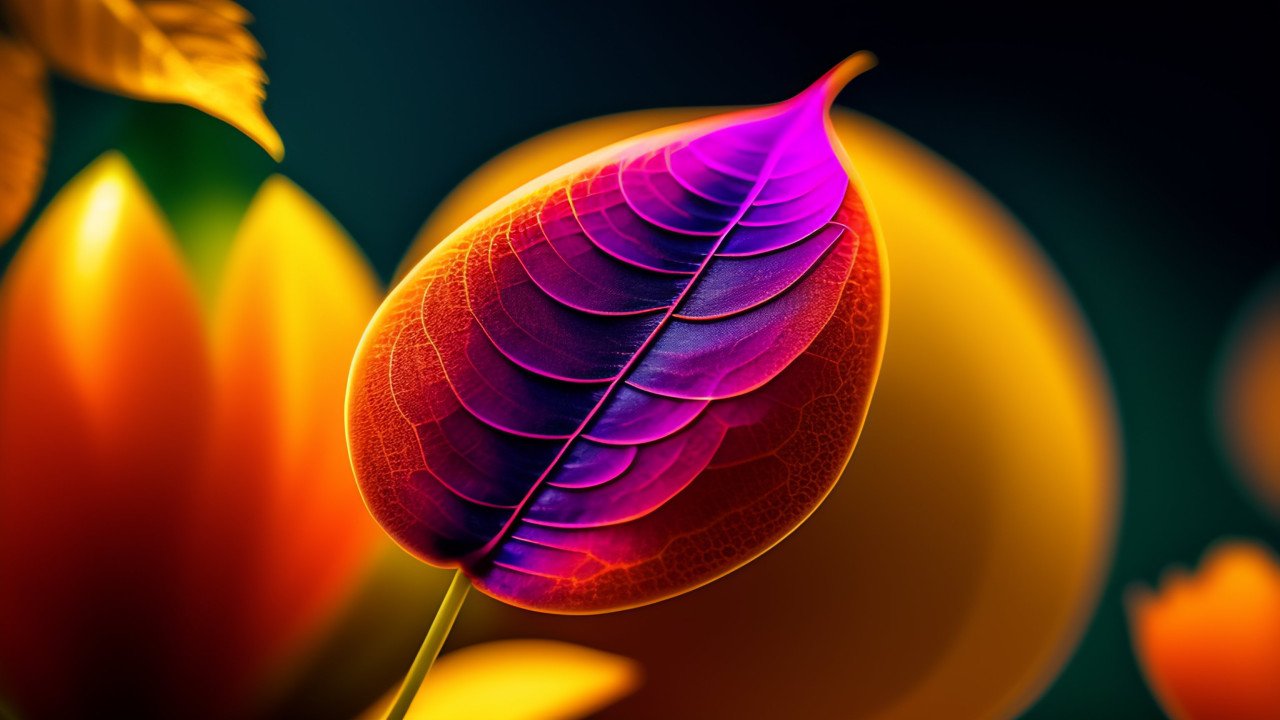

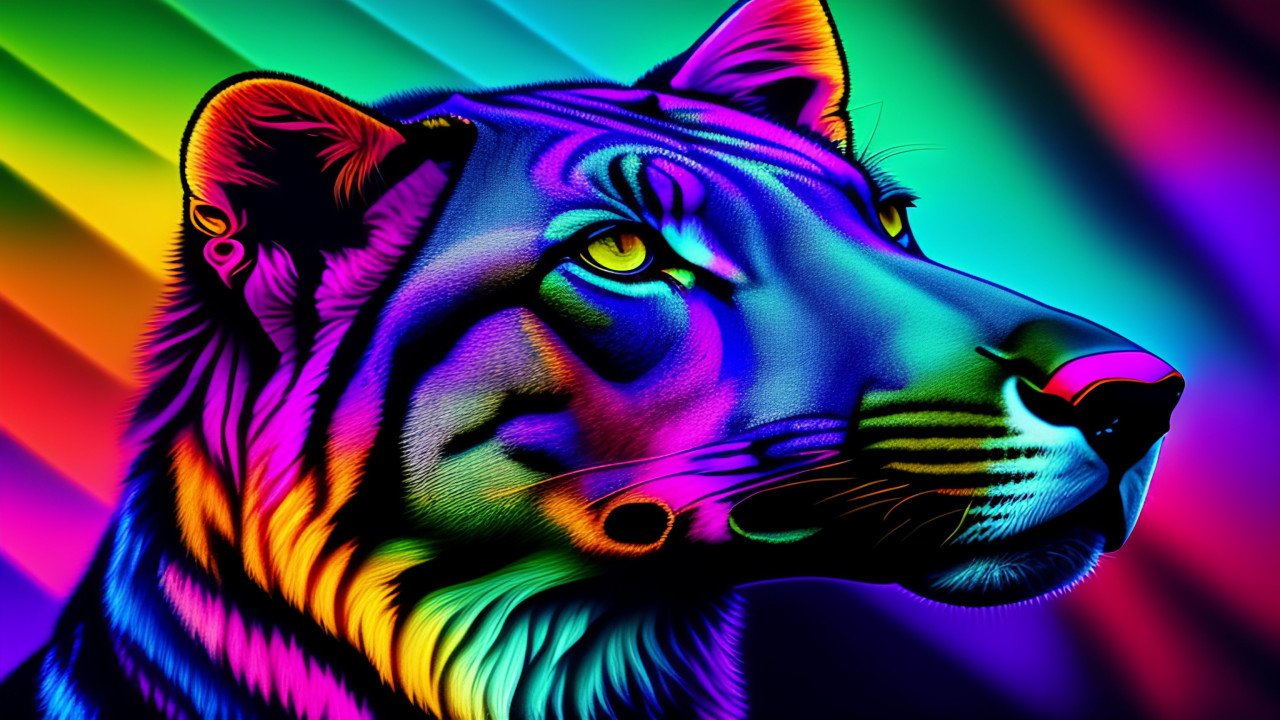

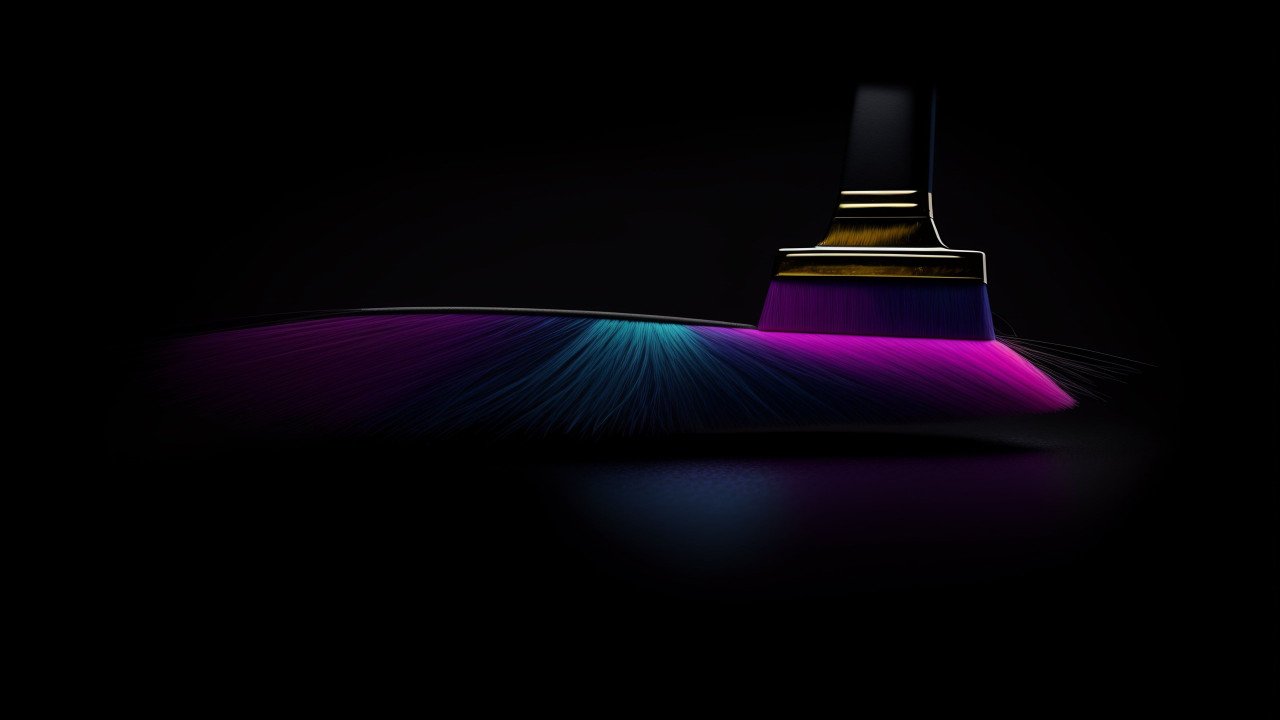

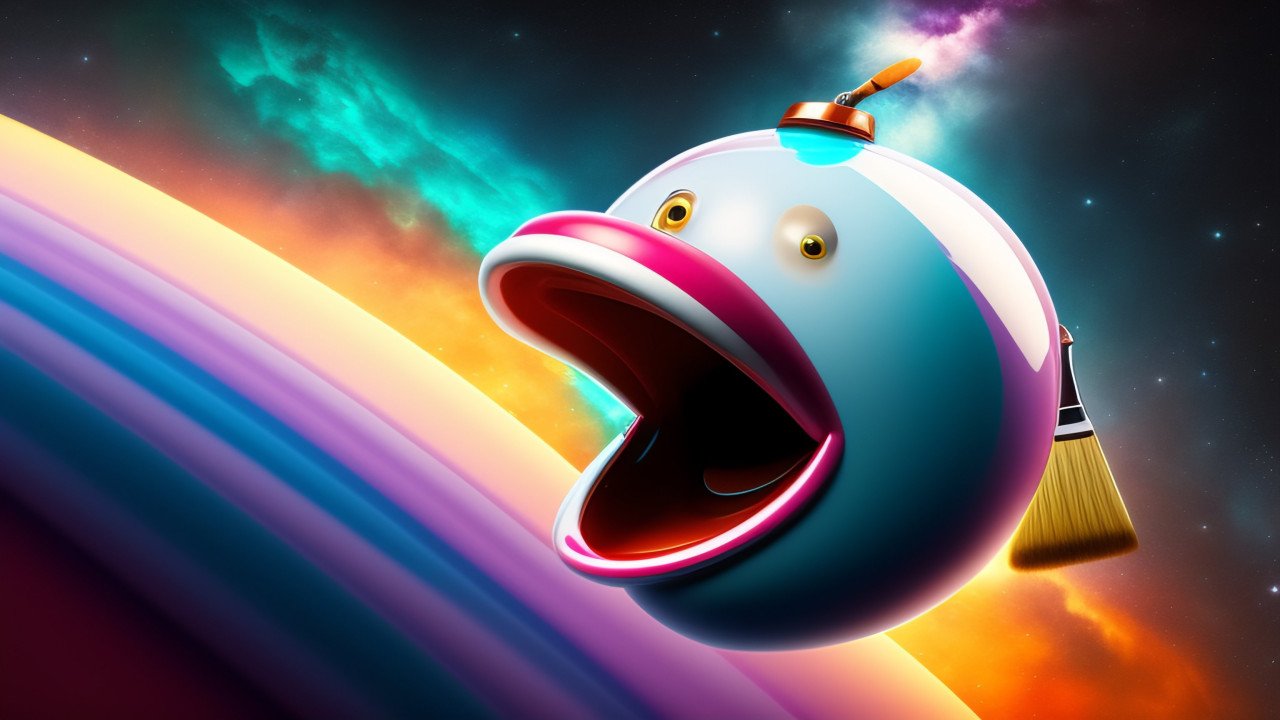
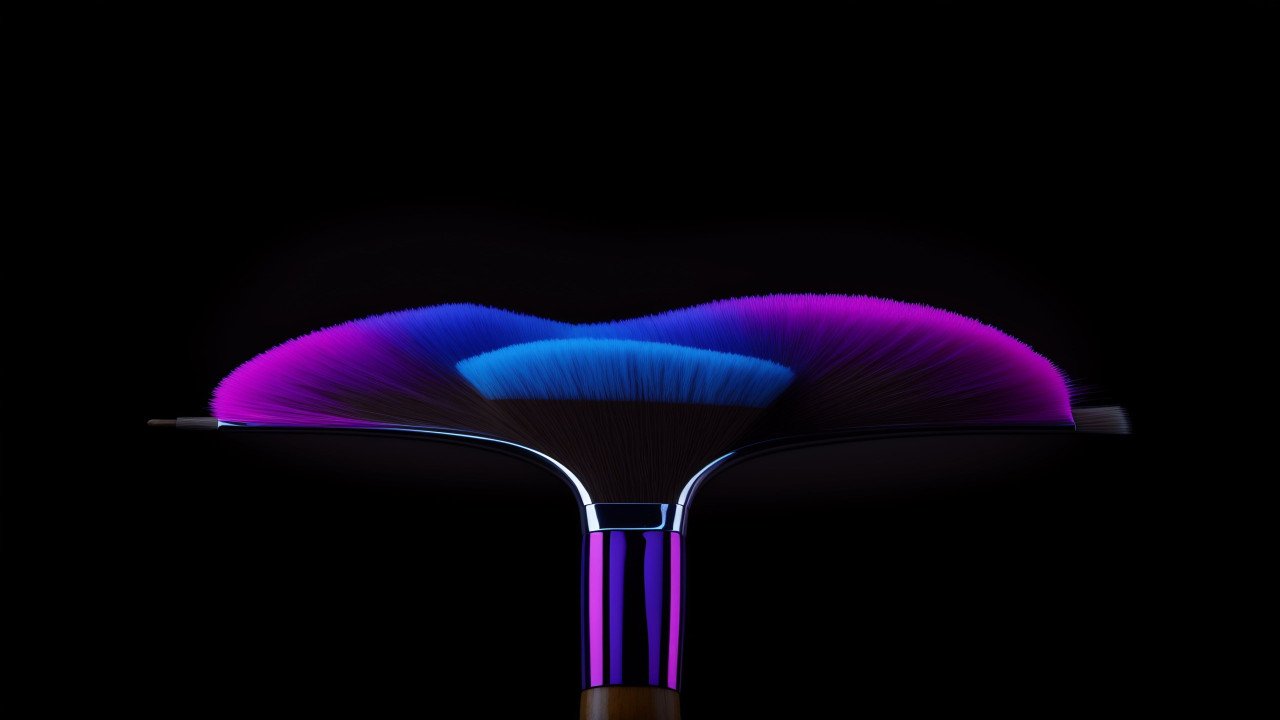
Comments (0)
No comments found